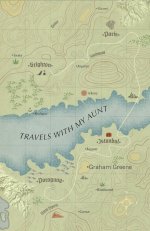Isabela Godin
The Amazing Amazonienne, Isabela Godin
When I visited the last home of Isabela Godin, the earliest known woman to travel the length of the Amazon, in Berry, south of Bourges, in the heartland of France, I found the whole town keen to share its part in the story.
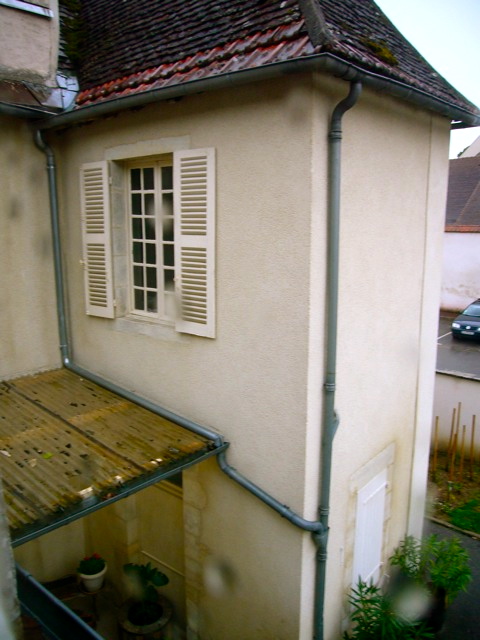
I gate-crashed a Mother’s Day lunch. With a wry grin, my host Luc announced, “The lady you are now going to meet smells of the eighteenth century”.
From the narrow street into the dark dining room stepped a sprightly ninety-one-year-old, in tweed jacket and neat white chignon, and clutching a blue folder.
From the folder she shared the fading remnants of family trees drawn with swirly flourishes, and letters worn with handling—the portable archive of her lineage.
This was the redoubtable Denise, distant cousin of Jean Godin des Odonais, Amazonian scientist and, latterly, resident of Saint-Amand-Montrond.
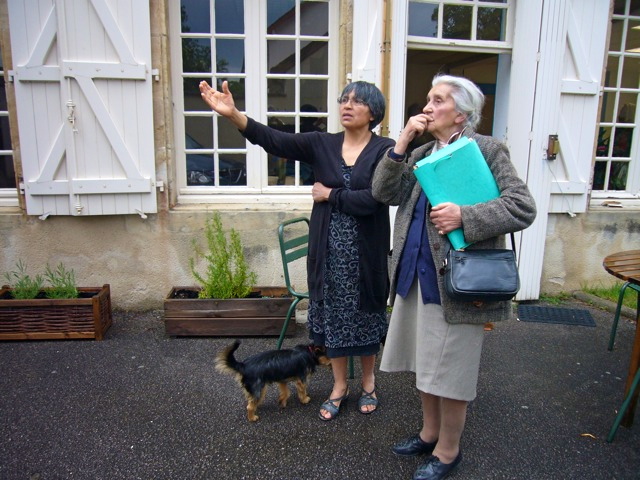
Most unfairly, I wondered if her both-cheeks-kiss would enwrap me in whiffs of a wood-fired and bathroom-less existence on her neglected farm outside the town.
Madame Denise’s spirit was infectious. After toasting Luc’s mother in a glass of rosé and a healthy slice of Bonne Fête Maman cake she said, “Allons-y”, and led us outside. In her car she took us on a tour of the sites that still reflected Jean and Isabela Godin’s repatriated history.
Isabela Godin
Isabela’s story
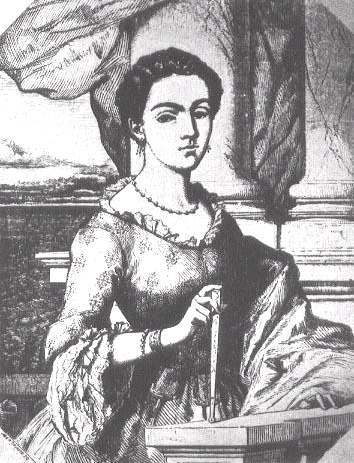 Isabela Godin
Isabela GodinAs a young man with ambitions, Jean Godin left his sleepy home town of Saint-Amand-Montrond in 1735 to join the geographical survey of Charles-Marie de La Condamine in the part of Spanish Peru nearest the Equator: Riobamba, Vice-royalty of Peru, present day Ecuador.
There, seven years later, he married the daughter of the local governor, fourteen-year-old Isabela Gramesón, and they immediately started a family.
The La Condamine mission was one of the first geodesic missions carried out under modern scientific principles, and aimed to test Isaac Newton’s recent hypothesis that the earth was a perfect sphere.
The quiet tenor of Jean’s expatriate existence came to an end in 1749 when he received a letter, which had taken eight years to arrive, telling him of his father’s death.
Set on returning to France, Jean left his wife, now pregnant with their fourth child, in the care of his parents-in-law in the Andes, and followed Condamine’s route along the Amazon to the Atlantic.
Isabela Godin
For a variety of reasons, he got no further than French Guiana. All attempts at communication with France, and with his wife and family, were frustrated by international tensions and geography.
Eighteen years later Isabela, whose children had by then all died of smallpox, received a message that an oared ship waiting on the Amazon could take her to Cayenne, the capital of French Guiana.
It took another two years to confirm this, and in 1769 Isabela embarked on the treacherous, 4,000 mile journey from the Andean mountains, through the rainforest, to reach the ship on the Amazon.
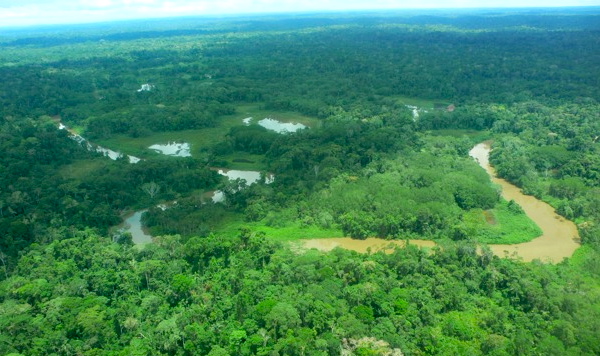
Other members of her forty-two person party included her servant Joachim, her two brothers, a nephew, three lady’s servants, thirty-one Indians and three Frenchmen.
Rather than sailing on a ship, they found it necessary to continue down the Amazon on a forty-foot dugout canoe.
The canoe was unmanageable, Indians deserted them, and one member of the party drowned. Infected insect bites killed Joaquin and two of the lady’s maids, Isabela’s brothers and the Frenchmen. The third maid wandered into the jungle in the middle of the night and was never seen again.
Isabel wandered alone, starving, in the jungle for several days—some account say nine, some say eighteen.
Ultimately she was found, half-crazed, by native Amerindians who nursed her back to health and helped her further her journey to Cayenne.
Isabela Godin
Reunited
There in 1770 Isabela was reunited with Jean, after twenty-one years, and they returned to France together, to his hometown, Saint-Amand-Montrond.
Jean Godin had been gone from France for thirty-eight years. His family thought he was dead and had long since divvied up his share of the family estate.
If he was shocked at having lost his patrimony, the town was shocked at the exotic white-haired wife he had brought back with him.
Isabela Godin in turn had to adjust to new weather and new seasons, and the two tragic turns of fate that had left her first childless, and then without family.
What stories she could have shared. Her extraordinary and valiant journey was doubtless beyond the comprehension of any of the plain folk of Saint-Amand.
Isabela never recovered sufficiently to make her mark in Saint-Amand society. For another twenty years, she remained a dark, mysterious lady, until her death during the French Revolution, a few months after her husband.
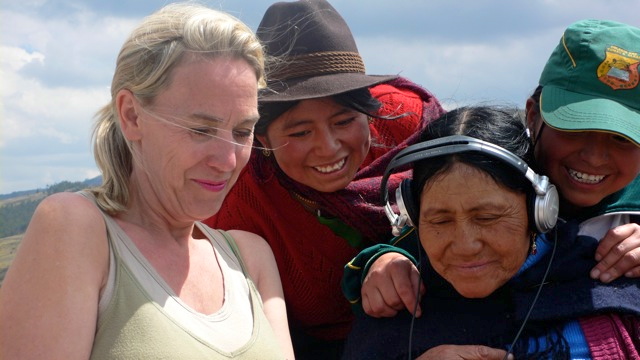
Isabela Godin
Isabela and Jean’s home in France
My admiration for Isabela Godin was confirmed in my re-enactment of the journey she took from Cajabamba, in the Chimborazo Province of Ecuador, to Andoas on the River Pastaza in the Peruvian Amazon rainforest, the crucial 500-mile segment in which she lost her siblings and adherents. I floated, as Isabela did, in a dugout canoe down the River Bobonaza.
Denise drove us through the narrow streets of this small, farming town with ancient stone towers of mossy tiles, and arches in high walls revealing oak mullions wreathed in blood-red roses.
My pulse rose as we turned into the Rue Hotel-Dieu. In this gently decaying street stood the house that Denise’s branch of the Godin family had leased to the poor disinherited Jean and Isabela on their return from South America, and where they lived for the remainder of their lives.
After years of institutional use, there is only one small pocket of time warp buried in the house: six dusty steps leading up to the attic.
I wrapped my hand round the newel-knob, imagining Isabela’s small hand, scarred and partially paralysed, clutching it as she moved restlessly through the house, homesick and traumatized, venturing out solely to visit the nearby church of Saint-Amand or the Abbey, now converted into the Town Hall.
Lights and shiny linoleum
blot out all other impressions of the room in which Denise introduced us to the
present owners. We moved from the sitting room with its tall casements into the
garden.
Lozenges of light flooded in through the small panes and I couldn’t help wondering if the strong yellow and turquoise woodwork colous connected us back, through Isabela, to her own home in Ecuador.
From the moment Luc had sent word to the community that the first female since Isabela to travel the length of the River Bobonaza was in town, my days in Saint-Amand were spent as guest of additional fascinating descendants and historians.
We reviewed old documents, often with the help of good strong Berry cheese and a glass of wine.
All of them were engaged with the single question, where is the Godin tomb? Since the nineteenth century, all clues to its whereabouts have been lost.
- Jacki Hill-Murphy
About Jacki Hill-Murphy
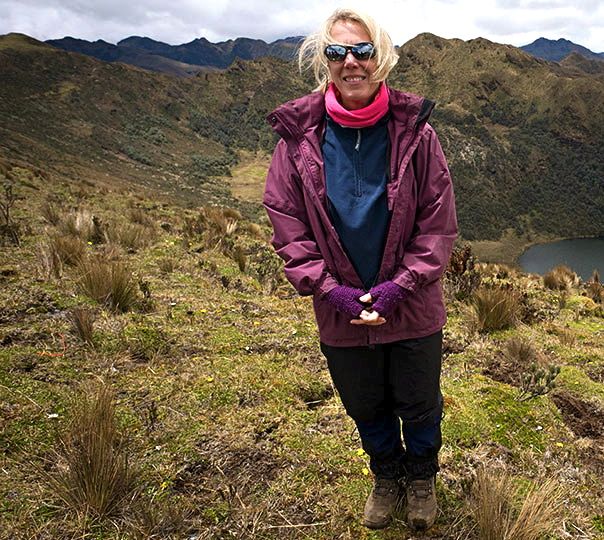 Jacki Hill-Murphy MA, FRGS
Jacki Hill-Murphy MA, FRGSJacki Hill-Murphy MA, FRGS*, is an explorer, teacher, film maker and speaker who has spent the past few years exploring and filming some of the most inhospitable and remote places on earth.
There are many reasons why she loves being an
explorer, including gathering memorable experiences recorded on film and in
writing, pushing herself to the limit and being loosened from her cultural
moorings.
Jacki’s first major expedition was in 1988 when she crossed Africa via the Sahara Desert. She has since been to South America, Africa, India, the Caribbean, the Middle East and Russia and lived in Turkey and the United States. Jacki’s favourite quote is by Isabella Bird: “Off the beaten track is the real world.”
The fusion of amazing, unsung women from history, travel and film making has become a passion for her, and she has been re-enacting the journeys of early women explorers.
* Fellow of the Royal Geographic Society of London
To date, Jacki has followed the footsteps of:
Isabela Godin, the first woman down the Amazon in 1769
Mary Kingsley, who climbed Mount Cameroon in 1894
Isabela Brookes, who died in the Llanganates in Ecuador in 1912
Isabella Bird, who crossed the Digar-La in Ladakh on a yak in 1889
Kate Marsden, who crossed Siberia in 1891
CLICK HERE to buy Jacki Hill-Murphy’s book, Adventuresses, Rediscovering Daring Voyages into the Unknown




